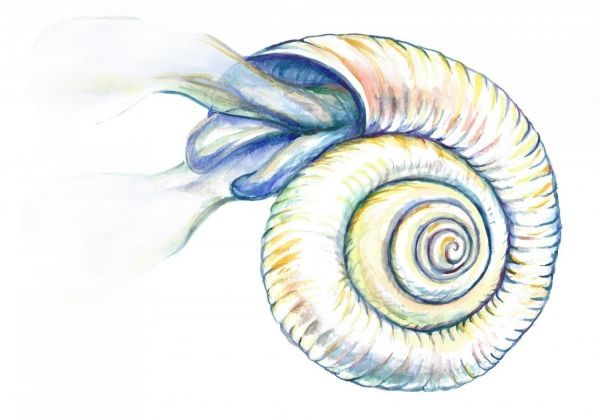The modeling study, published today in the journal Nature Climate Change, forecasts that at current carbon dioxide emission rates, the depth at which some shelled organisms can survive will shrink from an average of 1,000 meters today to just 83 meters by the year 2100, a drastic reduction in viable habitat.
The steep drop, which could happen suddenly over a period as short as one year in localized areas, could impact marine food webs significantly and lead to cascading changes across ocean ecosystems, including disruptions of vital global fisheries.
Acidification occurs when oceans absorb atmospheric carbon dioxide (CO2) created by burning fossil fuels. The absorption alters the water’s chemistry, lowering its pH and reducing the amount of available carbonate, which microorganisms like corals and pteropods use to construct their calcium carbonate shells.
“These calcifying organisms will struggle to build and maintain their shells as acidification proceeds,” said Nicole Lovenduski, corresponding author of the study and a professor in CU Boulder’s Department of Atmospheric and Oceanic Sciences (ATOC) and Institute of Arctic and Alpine Research (INSTAAR). “In the future, a pocket of corrosive water will sit just below the surface, making life difficult for these communities of primarily surface-dwelling organisms.”
Continue reading at University of Colorado Boulder
Image via University of Colorado Boulder


